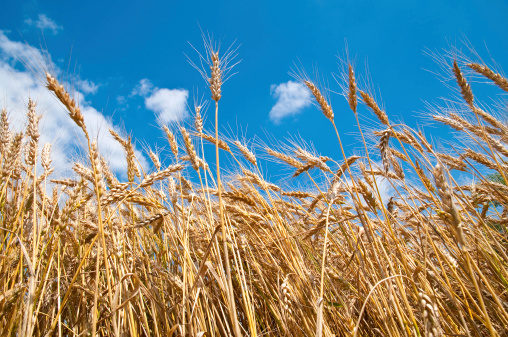Big Sandy, MT—A third and final paper on a branded khorasan wheat (Kamut) shows that those with non-celiac wheat sensitivities may tolerate the ancient wheat better than modern wheat.
A paper published in Food Research International 2014 follows a study on the difference in inflammation and oxidative stress between rats fed a diet of pasta made with khorasan wheat or modern durum wheat. Two previous papers studied the same effects following a diet of khorasan or durum bread.
For seven weeks, researchers fed rats either organic modern whole-wheat pasta or organic ancient Kamut pasta. The rats were then divided into subgroups: a group given either 10 mg doxorubicin (DOX), a drug that produces free radicals and causes inflammation, or a control group, given sodium chloride in distilled water. Levels of inflammation and antioxidant protection were taken in all the rats 48 hours later.
Khorasan has slightly higher protein content than modern whole-wheat, but both pastas provided similar amounts of fats, fiber and energy. However, while rats that ate the khorasan pasta showed normal cell and tissue characteristics, those that ate the whole-wheat pasta had inflammation in tissues and organs even if not given the DOX dosage, mimicking the effects on those with non-celiac wheat sensitivities.
Researchers hypothesize that the high levels of the antioxidant selenium in the khorasan pasta could contribute to its anti-inflammatory properties and provide protection from oxidative stress.
Bob Quinn, Ph.D, founder of Kamut International, hopes that these findings will dispel the current dogma around wheat. “As the gluten-free fad continues to grow, this study provides interesting information that will help us as we advance into other areas of research on Kamut wheat, and ultimately offer new options to those who suffer from non-celiac wheat sensitivities,” Quinn says.
Published in WholeFoods Magazine, April 2014 (online 2/26/14)










